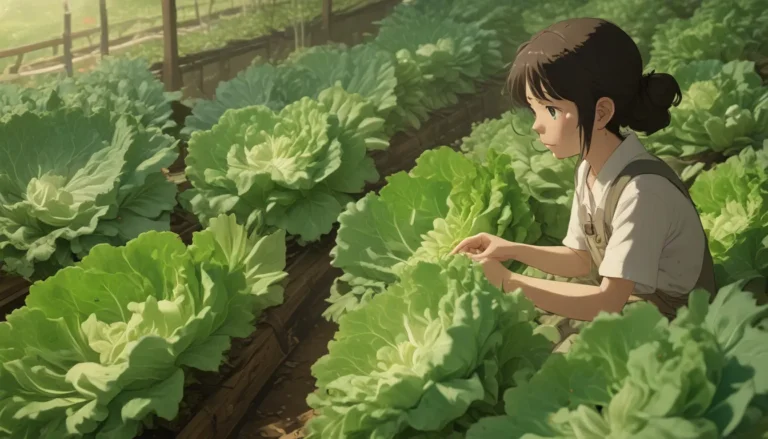The Ultimate Guide to Training Clematis to Climb Vertically

Clematis vines are known for their versatility and climbing ability, making them a popular choice in various garden settings. Whether you’re looking to grow them on poles, trees, or other structures, these beautiful flowering vines can create stunning displays when given the proper support to climb.
Why Clematis Vines Love to Climb
Clematis vines are leaf-climbers, which means they use their slender leaf stems to hook onto narrow objects as they grow vertically. This unique twining habit allows them to transform their flexible stems into strong, rigid structures that support their growth.
When selecting a support structure for clematis, it’s essential to choose materials that are thin enough for the leaf stems to grab onto but strong enough to support the weight of the vines. Some suitable materials for trellising include bamboo stakes, wires, twine, and wooden dowels.
How to Train Clematis on Different Structures
Training clematis to grow vertically on various structures requires different techniques depending on the material. Here’s a breakdown of how you can trellis clematis on metal posts, wood posts, and trees.
Metal Posts
- Wire garden fencing is an excellent option for trellising clematis on metal posts.
- Cut the fencing to size, spray paint it to match the post, and wrap it around the post, securing it with twine or velcro.
- Use stretchy garden tape to secure the fencing to the post if needed.
Wood Posts
- Fishing line, hooks with heavy line, and invisible netting are ideal for training clematis on wood posts.
- Install screw eye hooks and run the fishing line or heavy line through them to create a trellis system.
- Staple invisible netting to the back of the post and wrap it around, securing it with staples or velcro.
Trees
- Choose trees with rough bark for clematis to climb naturally.
- Utilize invisible netting to help clematis vines climb up tree trunks.
- Provide additional support using bamboo poles or wire trellises as needed.
Tips for Successful Vine Climbing
Proper care and maintenance are essential for training clematis to climb effectively. Here are some tips to help your vines thrive:
- Plant clematis roots on a slight diagonal angle near the support structure.
- Water regularly, providing at least one inch of water per week during the growing season.
- Prune back vines in the first spring to encourage branching and full plant development.
- Use plant clips, garden tape, or twine to support vines as they grow and climb.
- Tuck new growth into existing vines and supports throughout the growing season.
Cultivating Lush, Full Displays
By following these tips and techniques, you can create a lush, full display of clematis vines climbing skywards on poles, trees, and other structures in your garden. Remember to provide the right support and care for your vines, and you’ll enjoy a season of beautiful foliage, flowers, and ornate seed heads.
Share Your Training Tips
What tricks do you use to train your clematis vines for vertical climbing? Share your experiences and tips in the comments below!
For more information on clematis varieties and care tips, check out these helpful guides:
- 13 of the Best Spring-Flowering Clematis Varieties (Group 1)
- 19 of the Best Summer Flowering Clematis for Your Garden
- 27 of the Best Cold Hardy Clematis Varieties
Enjoy watching your clematis vines climb to new heights and add beauty to your garden!





